As a Dermal Therapist I have seen many skin owners dive head first into using a brand new vitamin A product only to end up dry, flaky, and irritated. Why? Because it’s a potent skincare ingredient so if you’re not using it correctly, it can backfire.
Vitamin A essentially works by improving skin cell renewal and stimulating collagen production. And honestly, I would argue it’s one of the best ingredients - with significant scientific research - to be putting on your face. I recommend it to all of my clients (unless they’re pregnant obviously, as it’s not recommended when growing a little human.) So, like, adding extra choc chips to whatever you’re baking - it’s totally worth it.
Vitamin A can basically help with everything: age management concerns, boosting collagen production, managing acne, pigment and delivering overall healthy, glowing skin. But! You need to find the right strength, and you need to be using it properly alongside all other products suited to your skin.
Just because you’ve seen other people use certain derivatives of vitamin A, and it’s worked well for them, does not mean it’s going to work for you.
While we’re here, it’s worth noting that vitamin A is an umbrella term and under that umbrella sit vitamin A derivatives commonly known as: retinol esters, retinol, retinal, retinoic acid, and more. (I’ve explained the ins and outs of it all, in great depth, right HERE.)
Ok, those common mistakes I mentioned. Take note for when you decide it is time to add a retinoid into your routine.
You’re not using an SPF.
Sorry to start with the most obvious one, however I will never pop a client onto a vitamin A product unless they’re diligent with their SPF. Get that daily SPF step right and the rest will follow. Obviously sun protection is a must every day but using actives will make your skin more susceptible to sun damage, so there’s no point in investing in a vitamin A product if you’re not going to apply (and reapply) your SPF every day.
MORE is not better.
Like that extra glass of champagne, more is very rarely better when it comes to vitamin A. Too much can disrupt your skin barrier and lead to dryness, irritation, and increased sun sensitivity. Always patch test first (and follow directions for use). If you’re unsure, just introduce it slowly. Start by using once a week and gradually building up frequency. It can take a month for your skin to comfortably adjust to a vitamin A product. A little dryness and/or sensitivity is normal during this period but if you go too hard too quickly you will run into some long-term issues.
You keep forgetting to use it.
Another one I see all the time is people forgetting to use their vitamin A. You need to use your skincare consistently for best results, and your skin needs to get used to it too! Skipping your vitamin A or forgetting to use it can stall cell turnover and often means starting from scratch when you do pick it back up. Think of it like going to the gym: consistency = results.
You’re combining it with too many other actives.
Big mistake, HUGE. Vitamin A is a potent skincare ingredient. So when you introduce it into your routine you need to be aware of other active ingredients that you are using. Combining vitamin A with too many other active ingredients will irritate your skin, and this is because most actives work by increasing cell turnover.
I honestly see so many damaged skin barriers in clinic from cocktailing too many skincare products - which why I preach about it all the time. Dryness, redness, pain and sensitivity are all indicators that you’ve pushed your skin too far! Avoid using any acids with your retinoids to begin with, until your skin builds up tolerance. Use your vitamin C products in the morning only, and keep vitamin A for the night.
You’re not hydrating your skin enough.
Active ingredients are great, but when you take from the skin, you also need to give back. Hydrated skin is healthy skin! Hydrating ingredients like hyaluronic acid, ceramides, and glycerin help to replenish moisture and strengthen the barrier (allowing your skin to better tolerate the effects of vitamin A). Calming ingredients such as bisabolol can also help to buffer any potential irritation.
You’re using the wrong derivative for your skin type.
Not all vitamin As are the same. The formula matters, and so does the strength. You need to find the right one for your skin type. This is where a consultation with a Dermal Therapist can help (hi, call me!). When you’re using the wrong vitamin A derivative it can disrupt the delicate balance between promoting cell turnover and maintaining barrier integrity, leading to potential irritation or a frustrating lack of results.
You are using it in the AM.
Vitamin A products should be applied at night only, (after cleansers, and before hydrating serums), as they can cause photosensitivity. Sunlight can also degrade their antioxidant properties and potentially increase skin sensitivity due to their stimulation of cell turnover.
SO! I hope this information helps! IMO vitamin A is a must in any skincare routine, but you need to introduce it slowly, trust the process, and look after the skin barrier when it’s being introduced. That is the key to healthy, glowing skin.


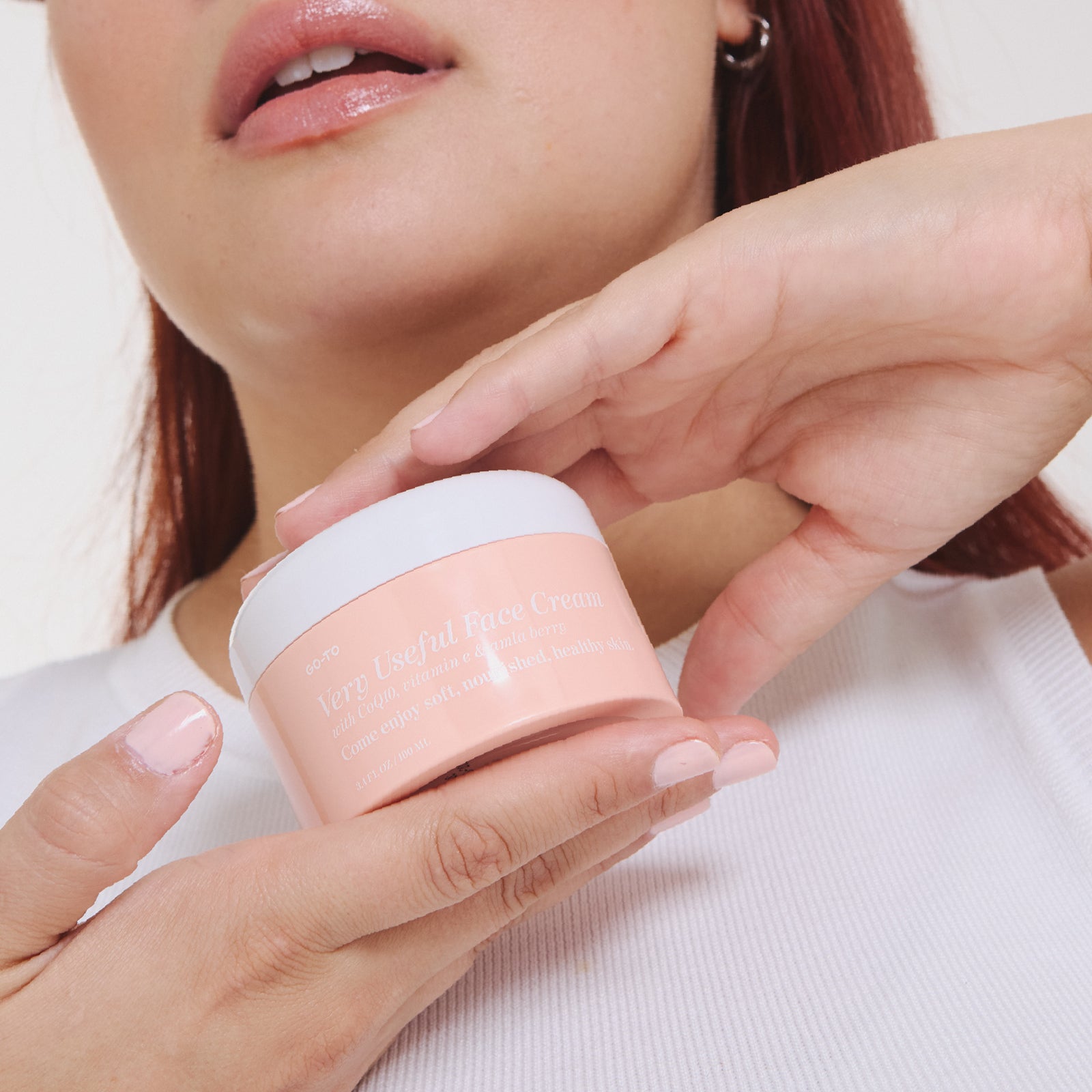


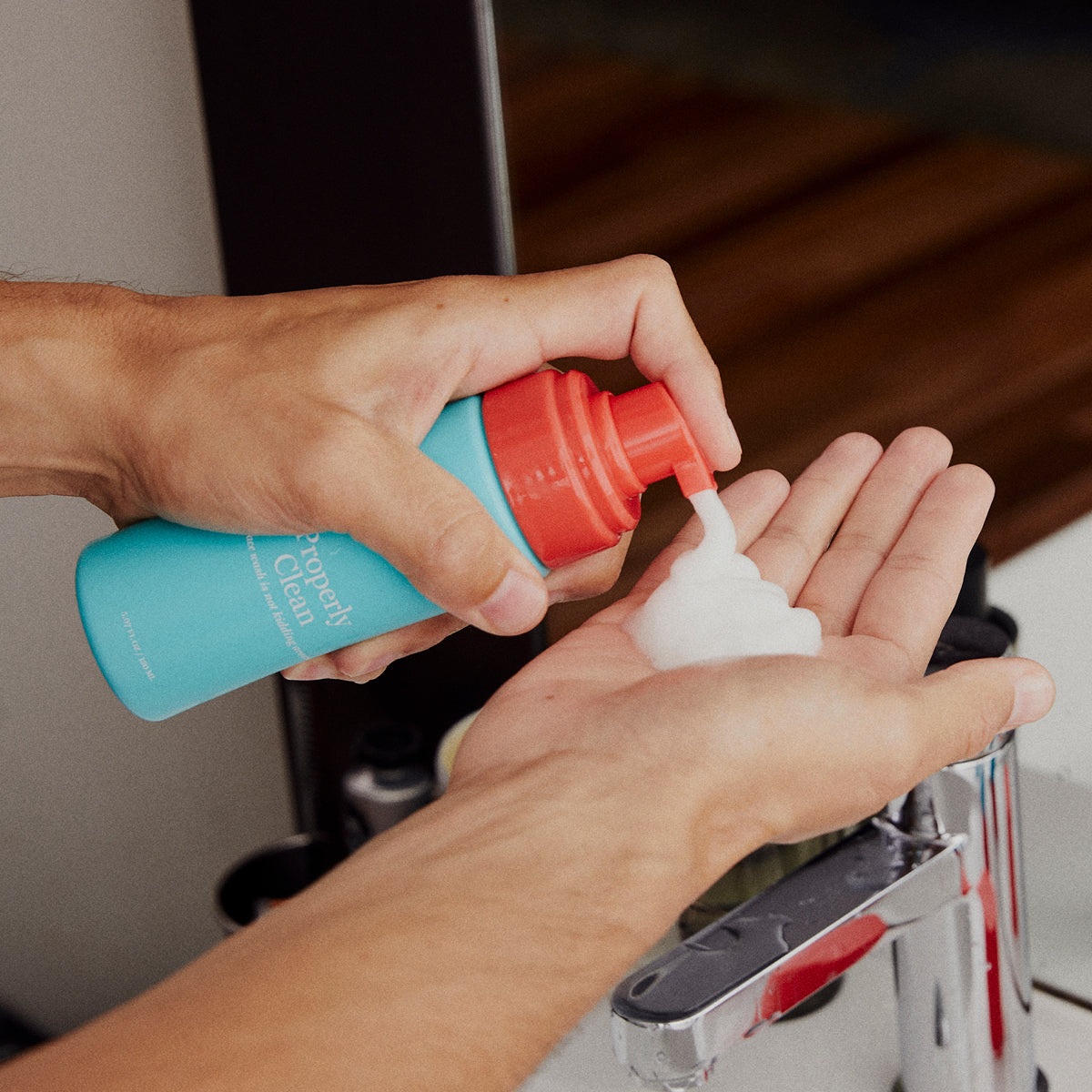
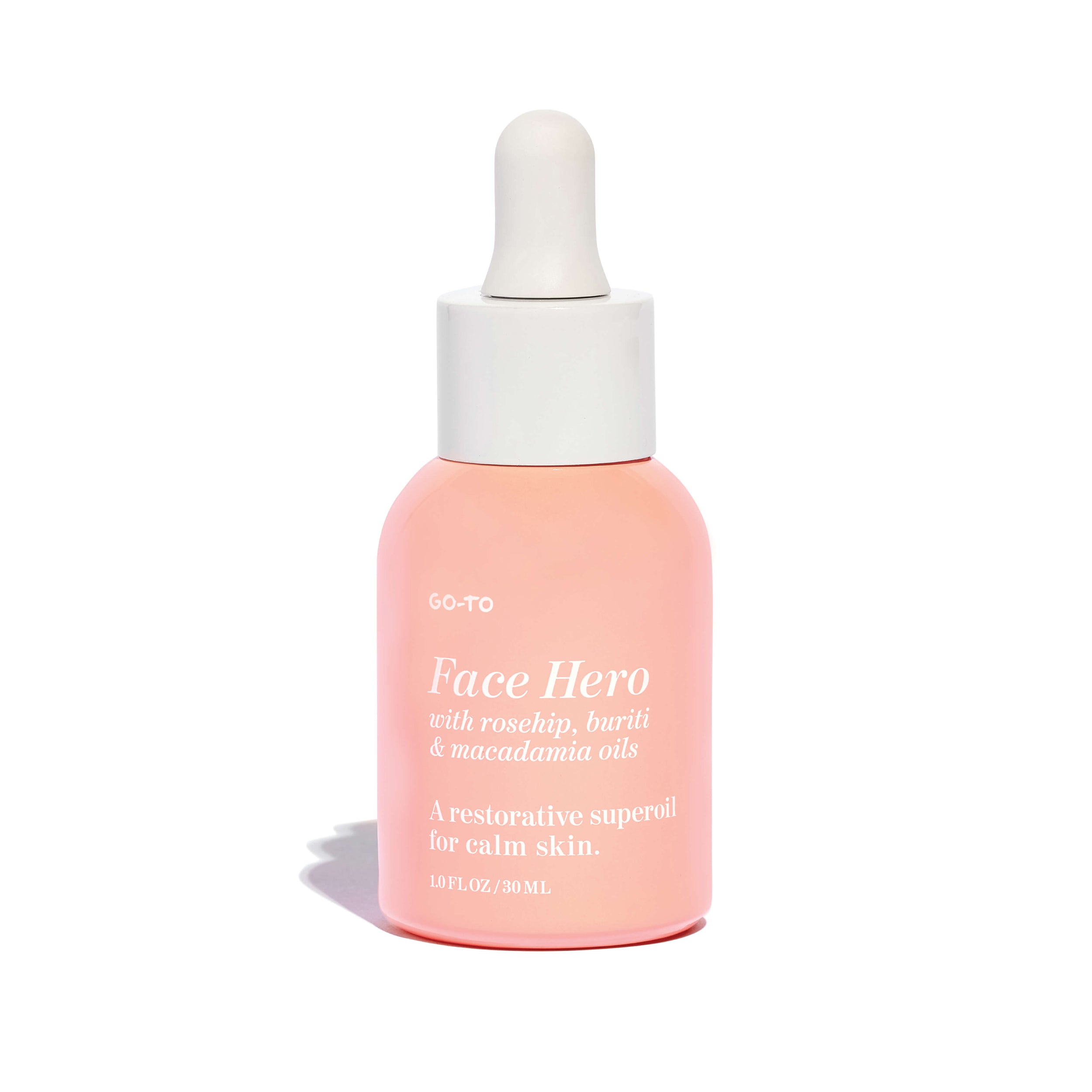
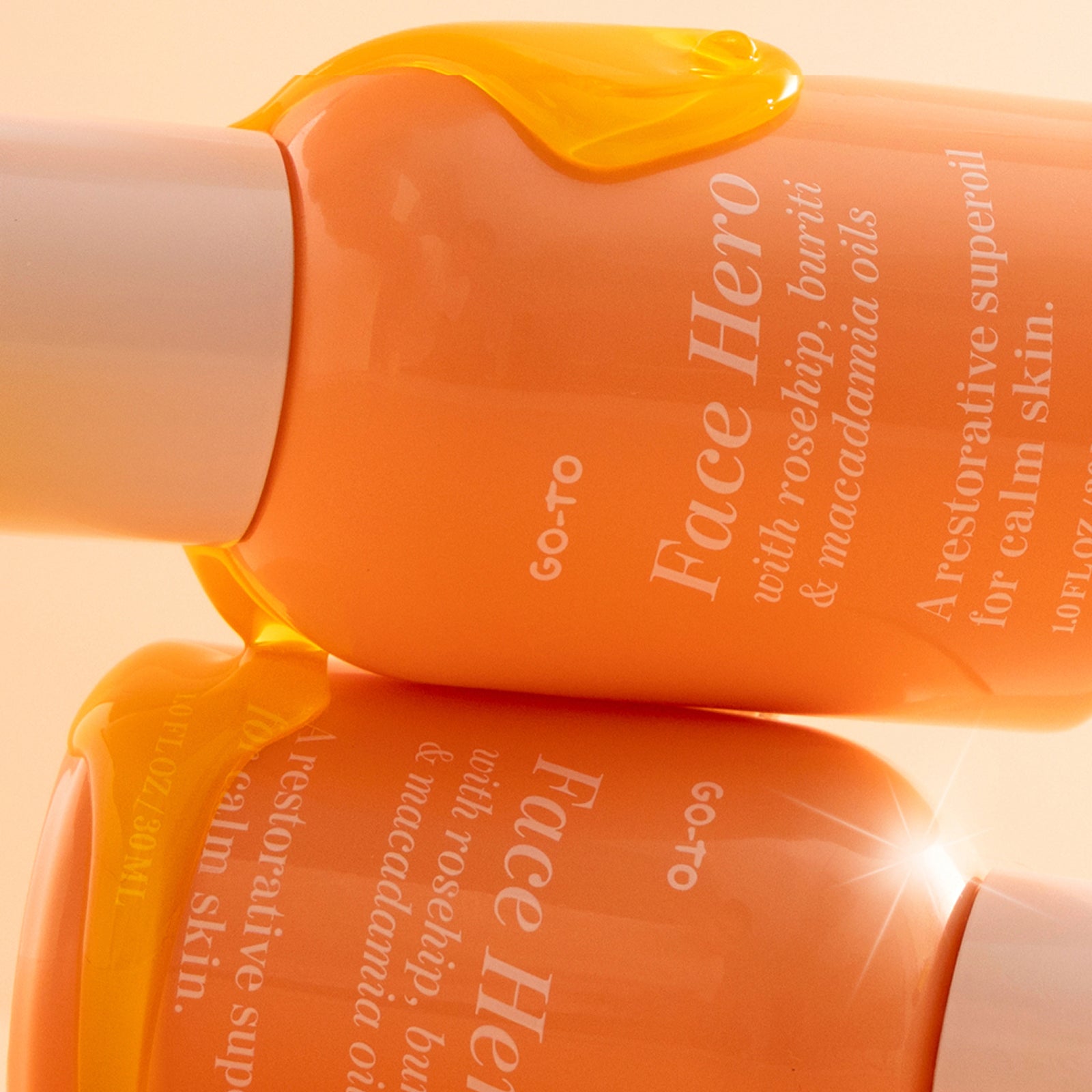
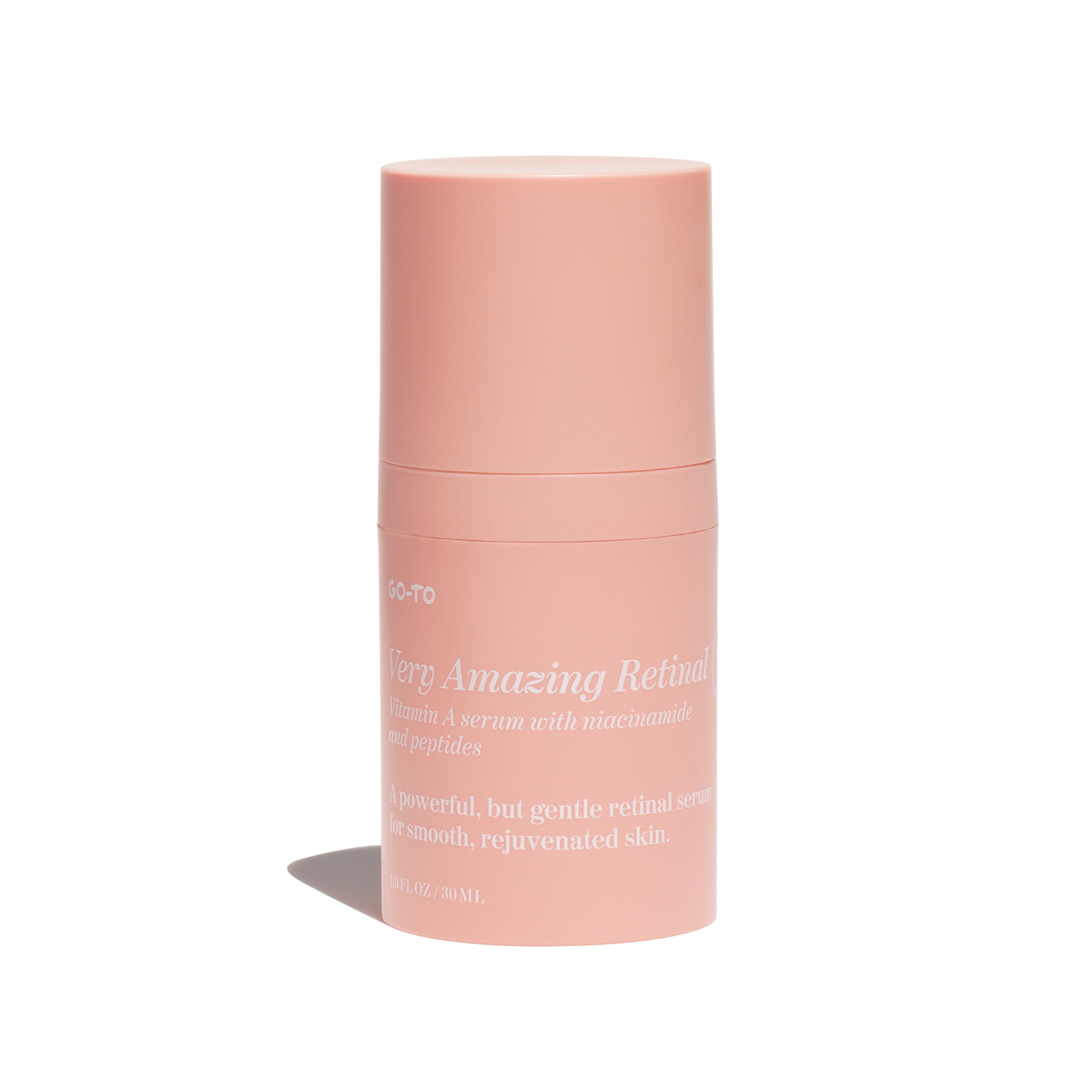
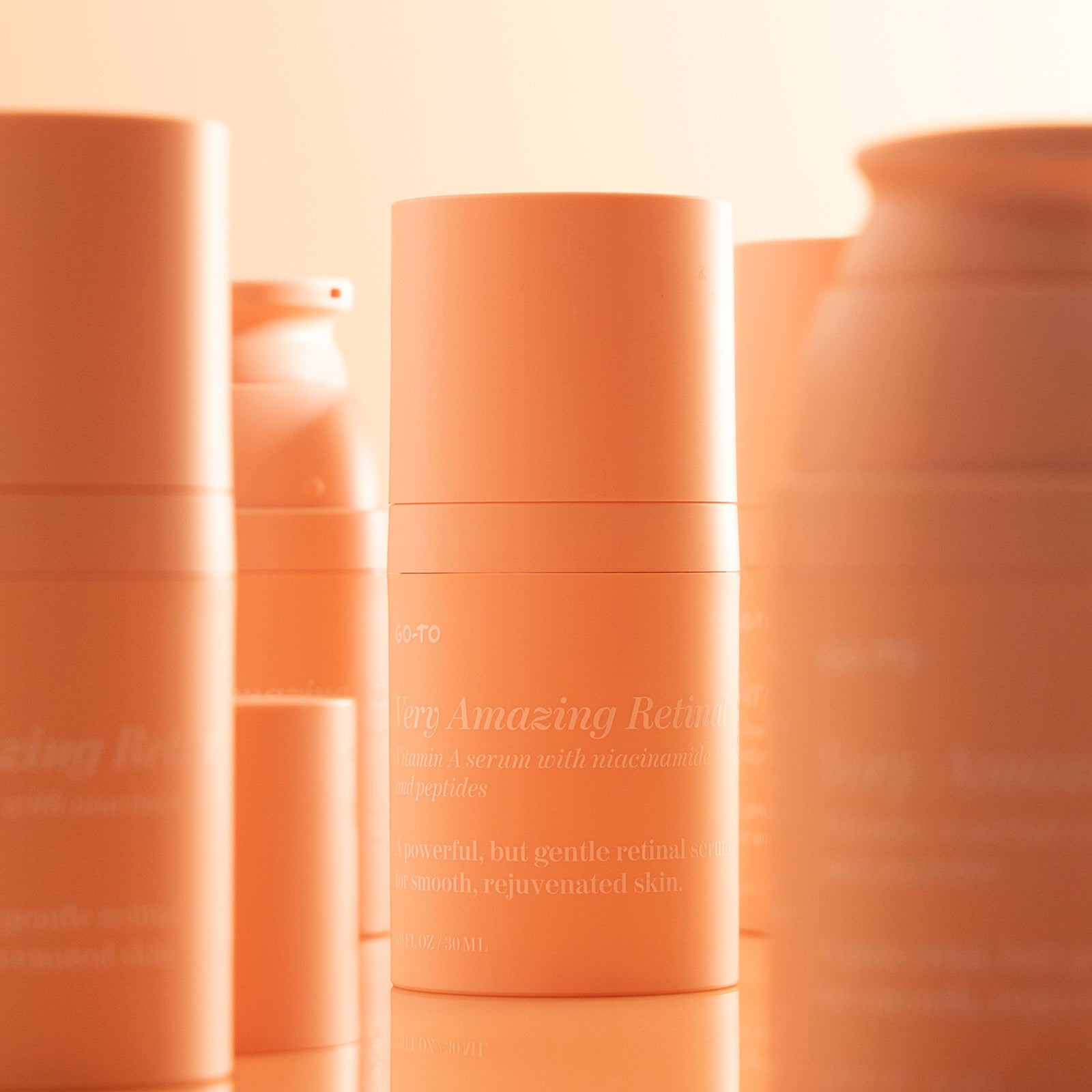
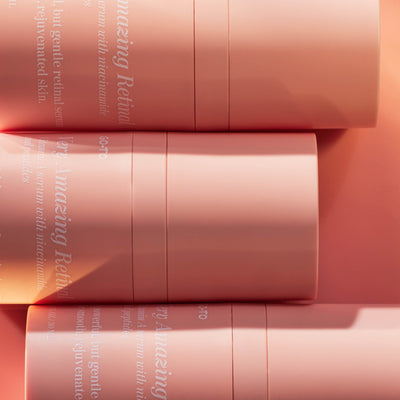
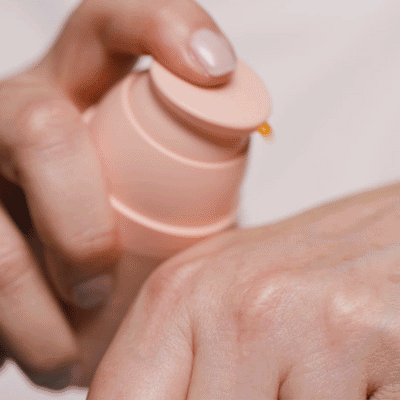


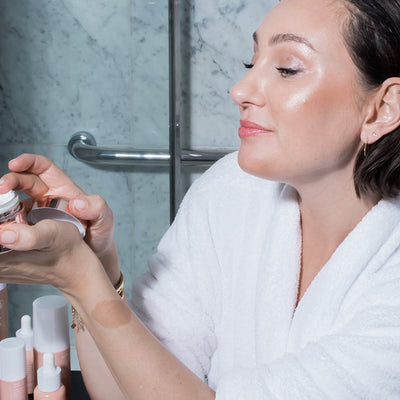
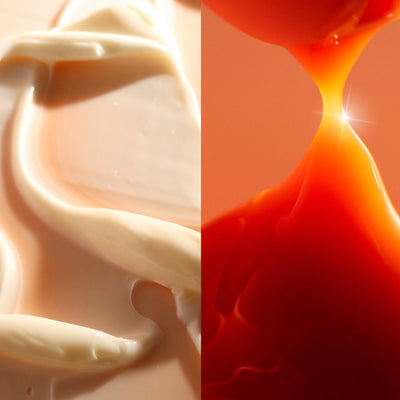
Comments